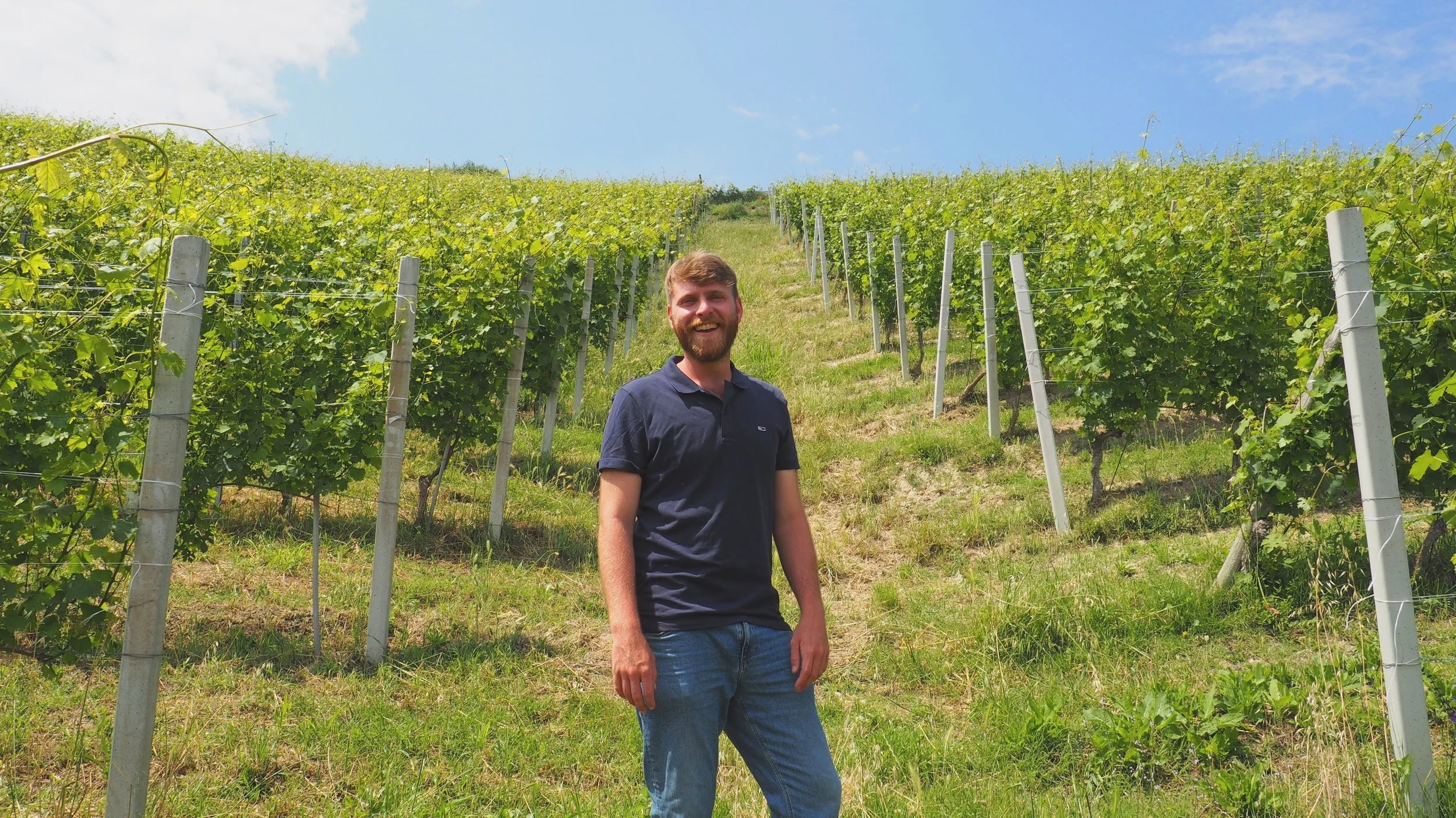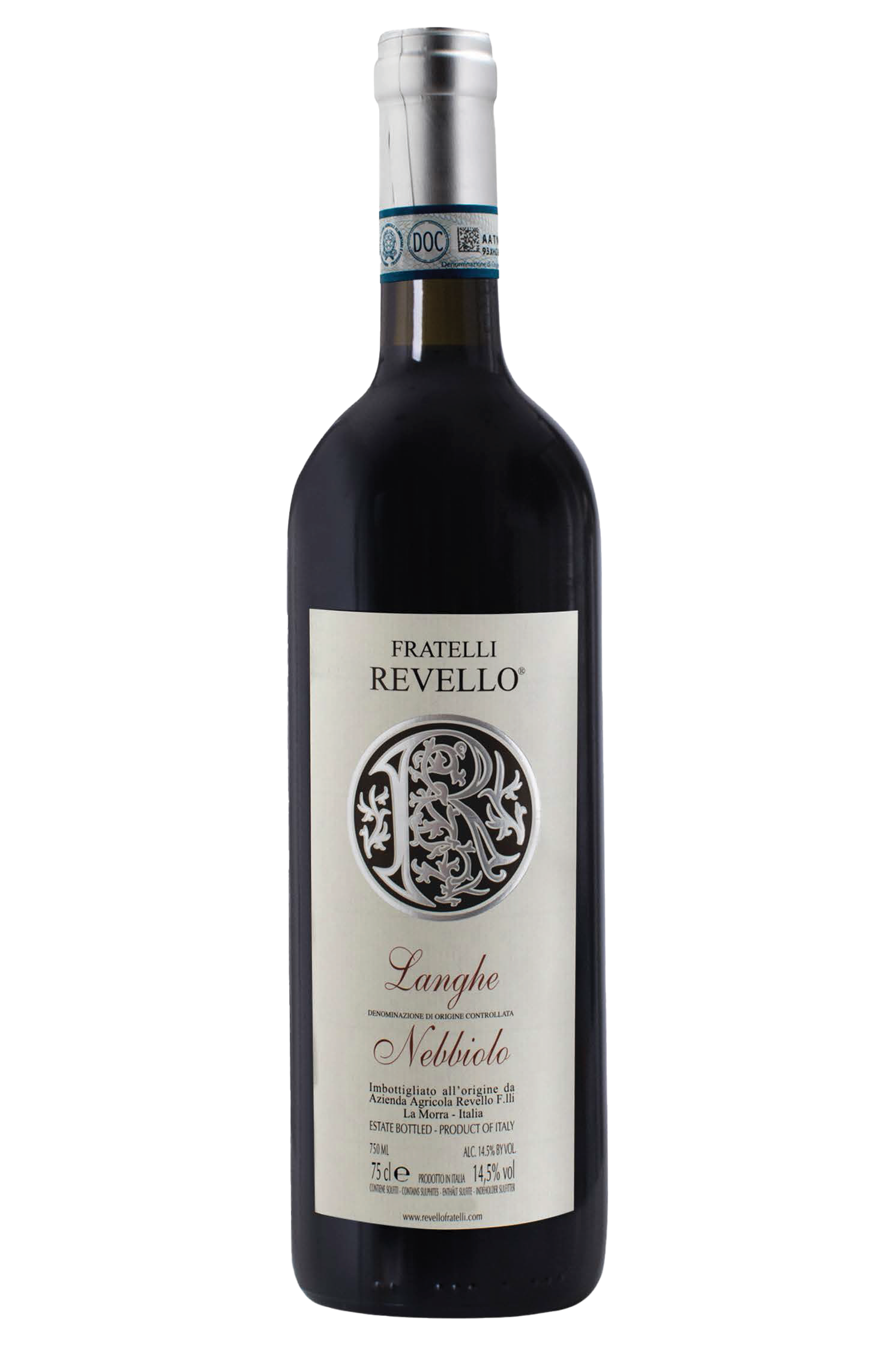Revello
La Morra, Piedmont
The Annunziata village lies at the South-Easternmost point of La Morra, in the Langhe’s West. Here, the rolling hills are covered in Nebbiolo vines on the Southern slopes, their feet deep in the calcareous marl which typifies this upper section of the Barolo DOCG. Home to the most prestigious vineyards in the commune, Annunziata is well recognised as a very unique parcel of La Morra, not only for being the gateway to the beautiful township, but also as the apex of La Morra, Barolo township to the South and Castiglione Falletto to the East. Indeed, in the best years the wines from here express not only the svelte, truffled nuances typical to La Morra, but also the balance and sweet fruited lift of its neighbours.
Enzo Revello is an extremely calm, well natured man of Annunziata. He grew up here in a family unit amongst the Michet clone Nebbiolo vineyards and is raising his family in the same way, with his daughter Elena now taking a much more significant role in the sales and marketing. Though Enzo prescribes to less traditional winemaking – shorter ferments, macerations and very fine French oak for some wines – the work in the vineyard is his legacy. Unfortunately, organic classification is almost impossible to obtain in Barolo thanks to the proximity of neighbouring vineyards; but even still, Enzo continues to maintain strict organic farming principles in each of their vineyards, even the Dolcetto and Barbera, but especially for the cru Barolo. This is a central belief of the estate, which was actually the first in the district to farm using many organic practices that are now being followed by their neighbours.
The Revello family’s history began in the first post-war period, when they became tenants of a farmhouse in the parish of San Martino di La Morra. In the 1960s, they began to replant vineyards, which later produced the first bottle of Barolo by Giovanni Revello & Figli. This marked a period of expansion for Revello with their acquisition of the Gattera and Conca sites. In the 1990s, brothers Carlo and Lorenzo (Enzo) Revello decided to divide the company to facilitate the inception of their respective children. Enzo Revello later established the Fratelli Revello winery in Annunziata, where he and his children Simone and Elena now make wines together.
Since releasing their first Fratelli Revello Barolo in 1993, a blend of fruit from all their vineyards, four single cru-inspired wines appeared and defined Revello’s identity as a brand capable of producing single-site wine of inimitable quality.
Today, the Fratelli Revello wines benefit from the utmost level of care and selection process in the vineyards. The resulting organic wines display an undeniable approachability and fruit generosity unspoiled thanks to a gentle touch in the cellar.
2021 Fratelli Revello Barolo | Great Nebbiolo wines of La Morra
The third of the three ‘great vintages’ is almost here, and after the bone-crushing structure of the 2019’s, then the flamboyancy of 2020’s Barolos, the 2021’s come with the promise of perhaps the best of both worlds. By no means will this release be in the shadow of the previous two, in fact the way we like our Barolos here - read; refreshing and red fruited, chewy yet juicy, ageworthy but able to be enjoyed young - 2021 might just be the Goldilocks year.
It comes at a time when the family at Revello has never been more on top of their game. Having fully handed over the winemaking reins to his son Simone in 2019, Enzo Revello spends most of his days toiling the vineyards now. He’s allowed Simone to completely redefine the winemaking style over the last handful of years, which now sees them knocking firmly on the door of the truly great producers in Barolo. Despite their rise through the ranks from (very) humble farmer beginnings, through the Barolo Boys revolution and to the estate’s founding in 1990, these remain modestly priced wines.
Perhaps the only downside to all this is the now serious competition for a decent allocation for Australia!
- Christian Canala, March 2025
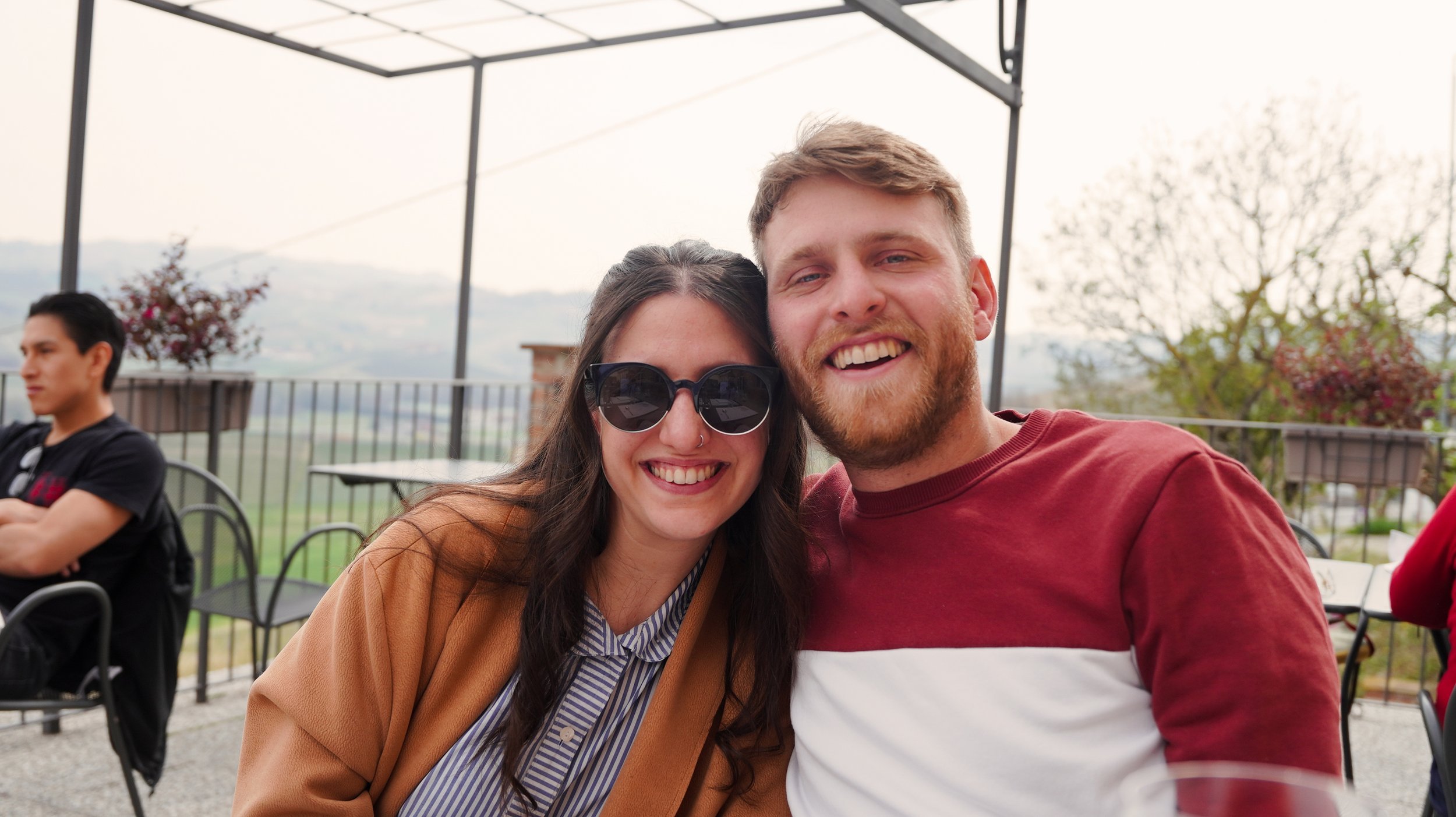

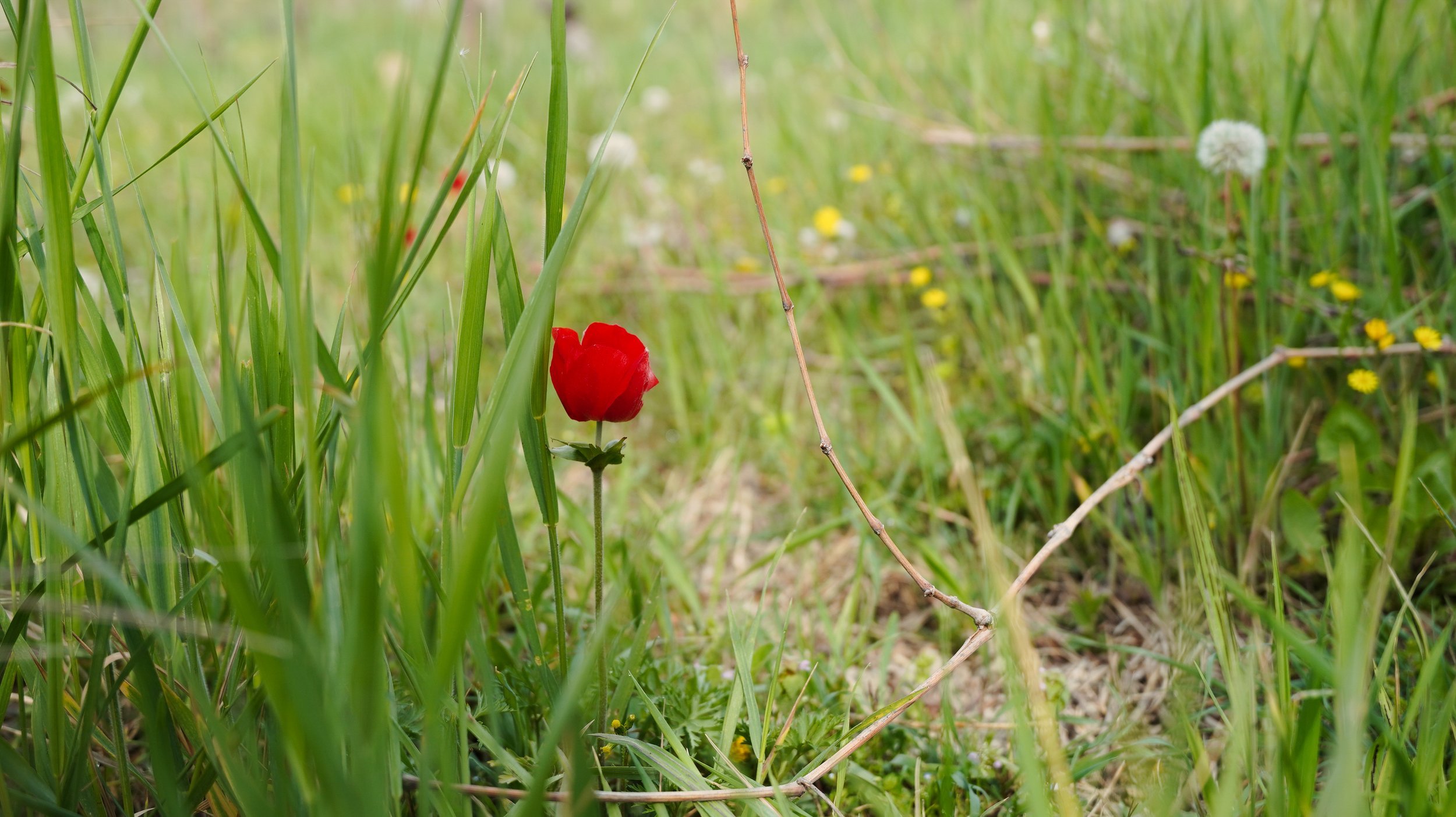

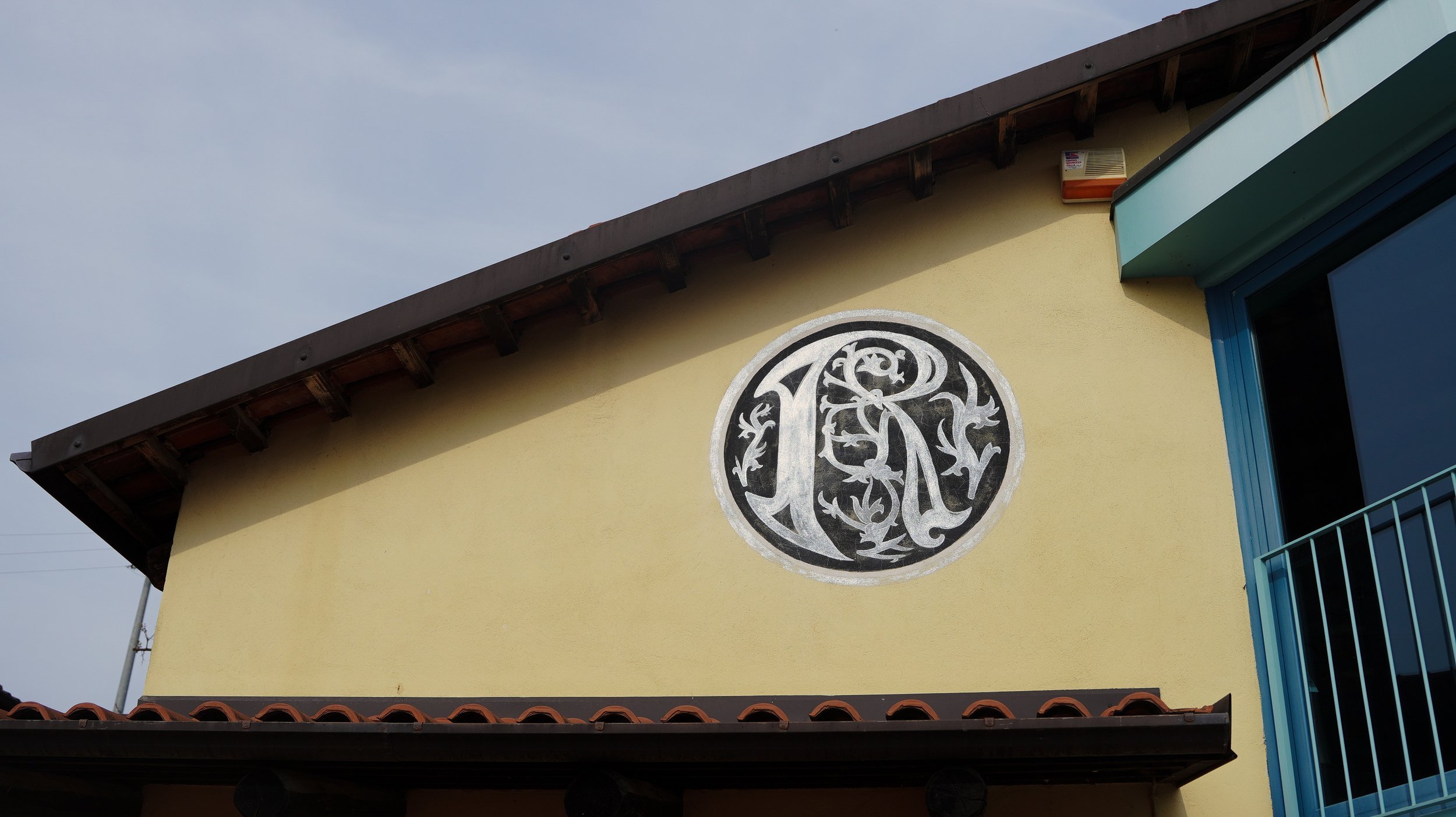


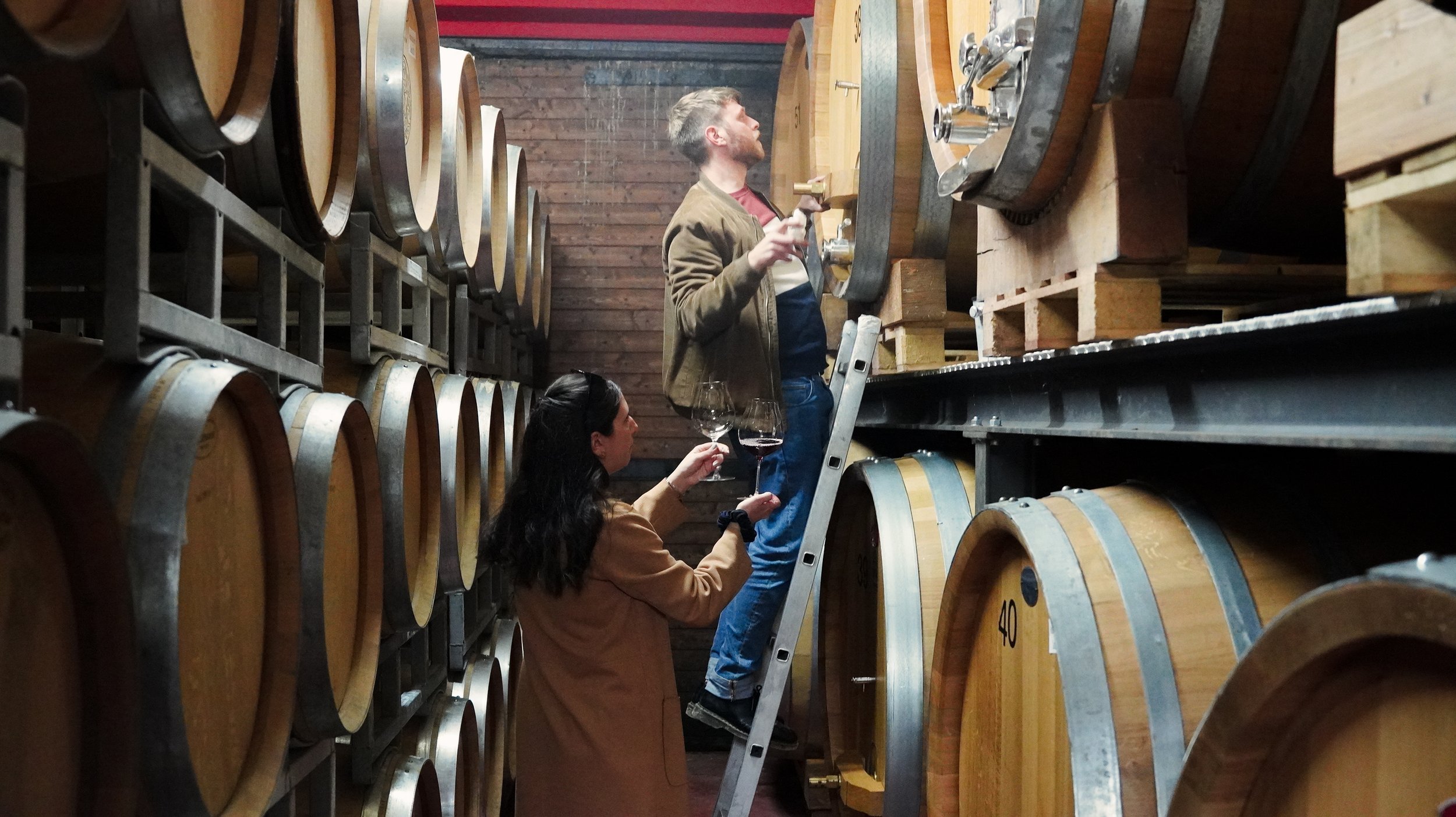
2023 Barbera d’Alba
The Barbera d’Alba has an undeniable accessibility and upfront fruit sweetness giving it so much immediacy. The fruit comes from several vineyards located in Annunziata (1.8 hectares), located within 1km from the homestead. The vines were planted in 1995 on calcareous and clayey soil. The vineyards face east at 270 meters above sea level, and west at 240 meters above sea level.
Winemaking:
The grapes were hand harvested and transferred into horizontal roto-fermenters where they remained for 12 days on skins. The wine was fermented in stainless steel tanks for 14 days. Malolactic conversion also happened in stainless steel. It was aged in stainless steel for 6 months before bottling.
Tasting Notes:
From the lower parts of the Barolo vineyards in La Morra, this Barbera shares the terroir traits of red-fruitiness and succulence found in its Nebbiolo siblings. A silky wine of depth and presence that belies its variety.
2023 Langhe Nebbiolo
With an iconic combination of flavours, aromas, and texture, the Langhe Nebbiolo is so familiar. It emphasises generosity of fruit and tannin, and an originality akin to a breath of fresh air. The fruit comes from a variety of vineyards located in Annunziata (0.9 hectares). The vines were planted in 1996 on calcareous and clayey soil, facing south-east at 230 meters above sea level, and south-west at 250 meters above sea level.
Winemaking:
The grapes were hand harvested and transferred into horizontal roto-fermenters where they remained for 5 to 6 days on skins. The wine was fermented in stainless steel tanks for 10 to 15 days. Malolactic conversion also happened in stainless steel. It was aged in used French oak barriques for 12 to 14 months before bottling.
Tasting Notes:
Vineyards for the Langhe Nebbiolo are largely the same as those for the Barolo Classico, with some extra fruit from higher altitude vineyards in the north. This is very much a Revello wine, glistening with red fruits and sweet spices and a fresh, cleansing acidity.
Review:
“The 2023 Langhe Nebbiolo is a tasty entry-level offering. Crushed flowers, ripe red-toned fruit, and sweet spice are all pushed forward in this mid-weight, fragrant Nebbiolo. Revello's Langhe Nebbiolo is a fine everyday drinker.”
88pts. Antonio Galloni - Vinous
2021 Barolo Classico
The Barolo ‘Classico’ is made of fruit that comes from all Revello vineyards along with grower vineyards, most of them situated in La Morra and the three Annunziata crus (only 0.5 hectare from each parcel). Blended in the cellar according to feel and taste, this wine encompasses the full breadth of flavours and aromas, as shaped by each site. Elena and Simone’s tight relationship with growers allows them to produce the ultimate classic and complete Barolo every year. The vines were planted between 1960 and 2000 on calcareous and clayey soil. The 2.3-hectare vineyard faces south-east at 250 meters above sea level, and south-west at 280 meters above sea level.
Winemaking:
The grapes were hand harvested and transferred into horizontal roto-fermenters where they remained for 6 to 8 days on skins. The wine was fermented in stainless steel tanks for 10 to 15 days. Malolactic conversion also happened in stainless steel. It was aged in used (3 to 12 year-old) French oak barriques (90%) and new ones (10%) for 24 months.
Tasting Notes:
In the spirit of Barolo of old, the ‘Classico’ comprises a blend of all of Revello’s cru vineyards in La Morra and Serralunga d’Alba to produce a wine that is more than the sum of its parts. The soft La Morra fruits are framed by the granitic structure and angular tannin of the Serralunga portion, and all-up this is Revello’s most complete Barolo in its early years.
Review:
“The 2021 Barolo is a terrific entry-level bottling from Revello. Aromatic, pliant, and yet also light on its feet, the 2021 is all charm. Bright acids drive through a core of dark red-toned fruit in this gracious, appealing Barolo. This is a gorgeous wine in its peer group. Drink it over the next handful of years.”
90pts. Antonio Galloni - Vinous
2021 Barolo ‘Gattera’
Due to Gattera’s substantial surface area (over 30 hectares), its altitude (240-250 meters) and exposure vary significantly. Revello’s portion of Gattera is at its western-most part, where the vineyard faces southeast, not too far from the homestead and Conca vineyard. This is the coolest site with two distinct parts, one facing southeast, the other, historically known as Turna Langa, facing south. This is a rather feminine rendition of Barolo offering balance, elegance, and delicate spice. The vines were planted between 1960 and 1995 on calcareous and clayey soil. The 1-hectare vineyard faces south-east at 250 meters above sea level, and south-west at 240 meters above sea level.
Winemaking:
The grapes were hand harvested and transferred into horizontal roto-fermenters where they remained for 7 to 8 days on skins. It was fermented in stainless steel tanks for 10 to 15 days. Malolactic conversion also happened in stainless steel. It was aged in large Slavonian oak barrels for 24 months.
Tasting Notes:
A beautiful and iconic vineyard in La Morra, Gattera is known as much for its iconic Lebanese Cedar that dominates the hillside as it is for producing wines of litheness and elegance. Revello’s Gattera displays wonderful balance every vintage, and walks the line between fruitiness and spice with sweet tannins and fresh acid.
Review
The 2021 Barolo Gattera is one of the more restrained wines from Fratelli Revello. Bright acids and beams of supporting tannin confer elements of classicism that play off a core of forward La Morra fruit. White pepper, mint, chalk, and slate add an attractive upper register of aromatic presence. This is impeccably done.”
94 pts. Antonio Galloni, Vinous
2020 Barolo ‘Giachini’
The Giachini vineyard has two slopes with very distinctive exposures, facing east and west. The east-facing plot, Revello’s, is planted on the higher point of the vineyard, just over 250 meters high, also close to the Revello homestead. It is sandwiched between Gattera and the great Rocche dell’Annunziata. It has a similar exposure and soil composition. The vines were planted in 1995 on calcareous and clayey soil. The 0.5-hectare vineyard faces south-east at 270 meters above sea level. The grapes were hand harvested and transferred into horizontal roto-fermenters where they remained for 6 to 8 days on skins.
Winemaking:
The wine was fermented in stainless steel tanks for 10 to 15 days. Malolactic conversion happened in barriques. It was aged in used French barriques (70%) and new (30%) for 24 months.
Tasting Notes:
Giachini is one of La Morra’s highest vineyards with multiple microclimates the way through owing to its length and various aspects. This cuvee is always quintessential Revello, evocatively scented with roses and red fruits, firmly structured but still pliant, and built for the medium-long term.
Review:
“The 2021 Barolo Giachini is complex and dynamic in the glass. Macerated cherry, licorice, incense, mocha, and blood orange are all nicely delineated in a soft, mid-weight Barolo that captures all the charm of La Morra. This opens beautifully with time in the glass. Succulent contours wrap it all together.”
93 pts. Antonio Galloni, Vinous
2021 Barolo ‘Conca’
Conca can be described as one of the smallest MGA crus in La Morra. It almost entirely serves as Revello’s home block. The name ‘Conca’ is derived from its concave shape, which has for effect to trap heat and coddle the vines, conferring the wines a bolder structure and fleshiness than those made from vines situated higher up. This vineyard is claimed by 5 producers, Revello being not only the largest landholder, but also the most committed to preserving its natural ecosystem. The vines were planted in 1954 on calcareous and clayey soil. The 0.7-hectare vineyard faces south-east at 250 meters above sea level.
Winemaking:
The grapes were hand harvested and transferred into horizontal roto-fermenters where they remained for 6 to 8 days on skins. The wine was fermented in stainless steel tanks for 10 to 15 days. Malolactic conversion happened in barriques. It was aged in used French barriques (70%) and new (30%) for 24 months.
Tasting Notes:
One of the smallest vineyard extensions in all of Barolo, Conca is the tiny plot in front of the Revello estate. Dripping with personality, Conca’s geography lends itself towards structured wines that are atypical to La Morra, with characters of chocolate, spice, tar and smoke and a serious tannin profile.
Review:
“The 2021 Barolo Conca is a deep, heady wine. Dark cherry, spice, leather, mocha, and rose petal build nicely, filling out the layers. Expressive and resonant, with terrific depth, the Conca has a lot to offer. It is one of the richer wines in the range, and yet all the elements are very nicely balanced throughout.”
94 pts. Antonio Galloni, Vinous
2021 Barolo ‘Cerretta’
Revello’s sole vineyard that’s located in Serralunga d’Alba, and their only Barolo site with an exposure tending west in one part and north-east in another. Its eastern-most position, bordering the Barolo DOCG, is the basis for the mineral quality that distinguishes it from the other bottlings. The vines were planted between 2000 and 2010 on calcareous and clayey soil. The 0.5 -hectare vineyard faces south-east. The grapes were hand harvested and transferred into horizontal roto-fermenters where they remained for 6 to 8 days on skins.
Winemaking:
The wine was fermented in stainless steel tanks for 10 to 15 days. Malolactic conversion happened in barriques. It was aged in used French barriques (60%) and new (40%) for 12 months, and in Slavonian oak barrels for another 12 months.
Tasting Notes:
One of the finest vineyards in Barolo, Cerretta is well regarded for a reason. Revello’s plot is on the border of the Barolo DOCG and strongly influenced by the neighbouring woods. Still showing the house’s sensitive style, it layers darker fruits, licorice and graphite with harder-edged tannins. A purists’ Barolo, built for the long haul
Reviews:
“The 2021 Barolo Cerretta, Revello's sole wine outside La Morra, is redolent of dark fruit, leather, incense, licorice, scorched earth, and gravel. Ample and quite potent, the 2021 will benefit from a few years in bottle. It is the darkest and most somber of the Revello Barolos.”
94 pts. Antonio Galloni, Vinous


